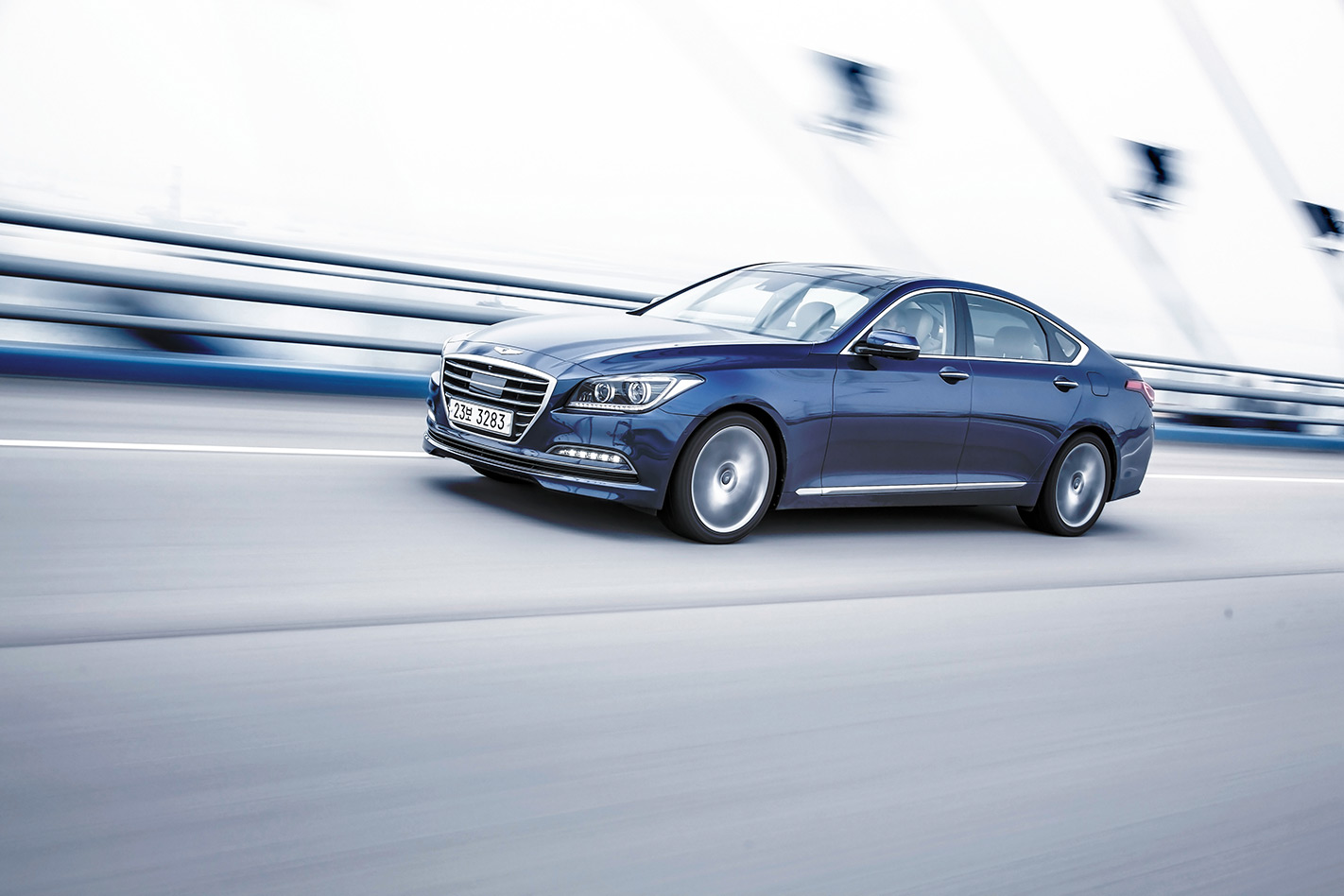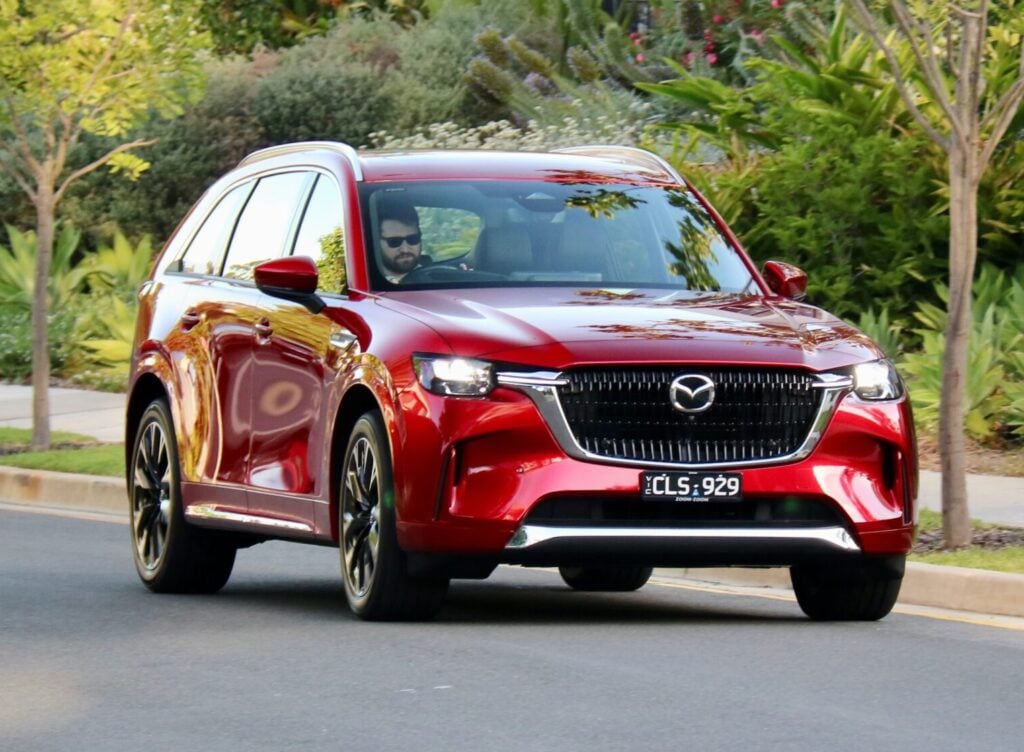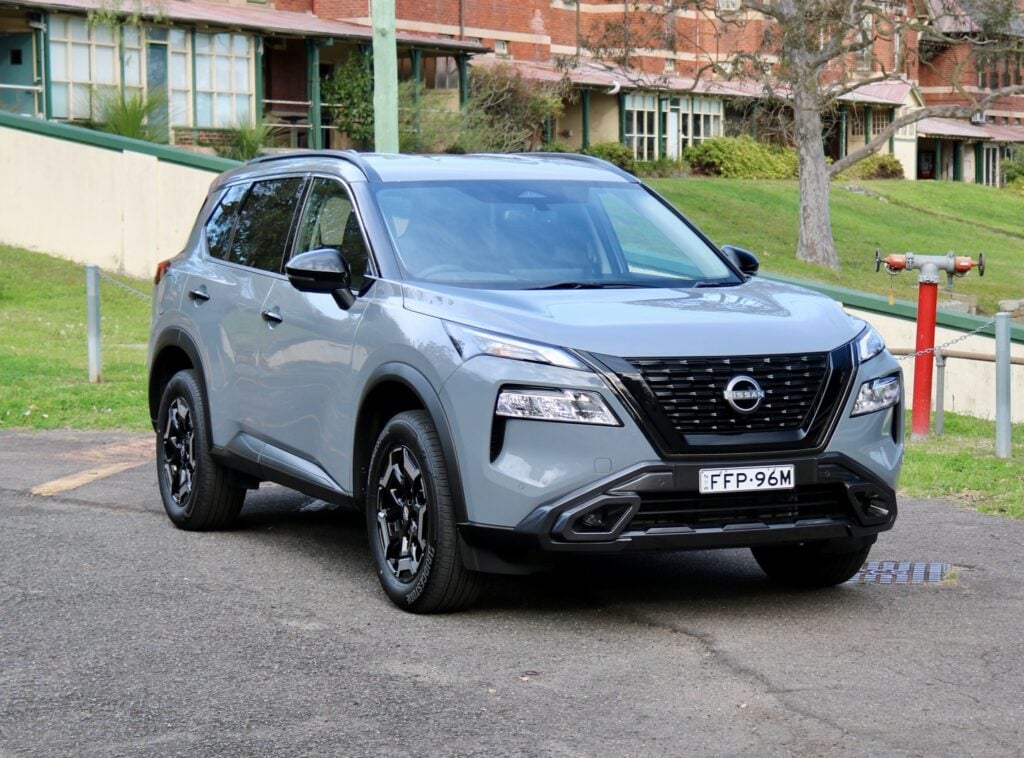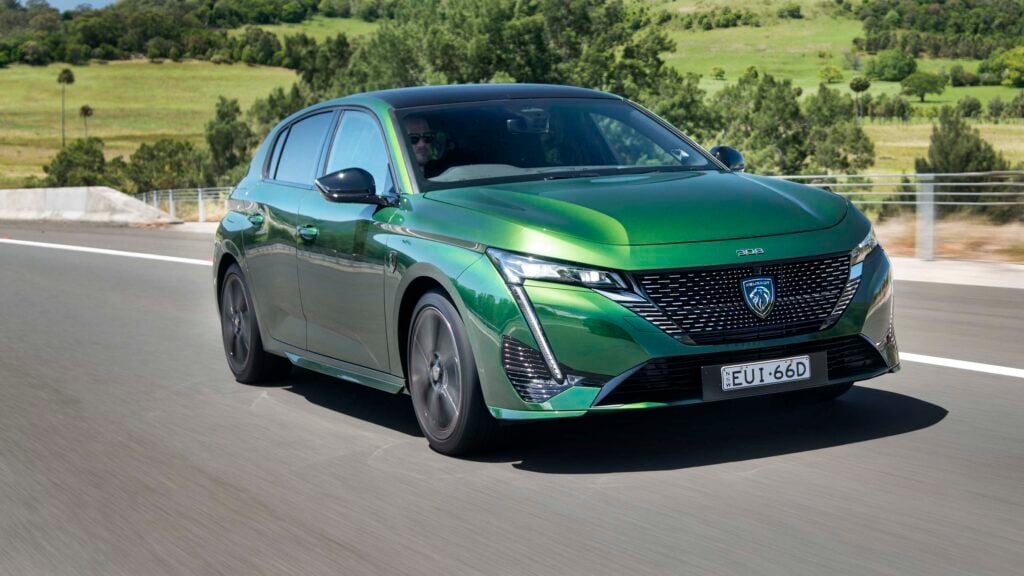HYUNDAI’S new Genesis is surely one of the best-looking cars to ever come out of Korea.
Slightly larger than BMW’s current 5 Series, the big rear-drive sedan introduces Version 2.0 of the company’s Fluidic Sculpture design language. It’s a calmer and classier visual vocabulary, destined for a longer shelf life than Hyundai’s current frantic and flashy Version 1.0, first seen in 2009.
Due to arrive in Australia late this year, the Genesis will carry 3 Series-like prices. While these are yet to be firmly fixed, the Hyundai’s starting price will certainly be in the $50,000-$60,000 bracket.
At this money the Genesis makes a persuasive case on paper.
The engine selected for Australia is a direct-injected 3.8-litre version of Hyundai’s Lambda V6, producing 232kW and 397Nm, teamed with a Hyundai-made eight-speed automatic.
A 0-100km time of 6.5 seconds is claimed, which would make the Genesis fractionally slower than, say, a 535i. But the Hyundai is a heavier car by at least 100kg, and with heavier fuel consumption.
Hyundai claims exceptional rigidity and strength for the new Genesis, along with a Mercedes-like array of driver aids that helped earn the Hyundai an impressive 2014 Top Safety Pick + rating from leading US highway safety organisation IIHS.
The sturdy body also helps make the Genesis a very refined drive.
Sampling the Hyundai for the first time in Korean-market form this week, the silence and smoothness of the drivetrain was truly outstanding. So, too, was the lack of wind noise. It’s all very Lexus-like.
Handling left something to be desired on winding roads through spectacular mountains near the Demilitarized Zone separating South Koreans from their nutty neighbours to the north.
For Australia, special suspension and steering packages are being developed, which should add some precision and pleasure to the Genesis’s fuzzy-edged dynamics.
Genesis comes with both conventional and adaptive suspensions.
We tried one car equipped with an 18-inch wheel and tyre package, steel springs and conventional dampers, and another with the active dampers. Neither is especially accomplished.
The electric power steering is uninformative, understeer is the handling rule and ride comfort could be improved.
There apparently will not be changes to the Hyundai’s drivetrain for Australia.
The Lambda V6 is powerful, smooth and sounds cultured when pushed into the upper end of its rev range.
However, the slow-to-react eight-speed automatic makes the engine feel less good than it is. There are three driver-selectable drive modes – ‘Eco’, ‘Normal’ and ‘Sport’ – and none of them deliver especially satisfying responsiveness.
But the interior of the Genesis is excellent. There’s a luxurious amount of space for four large adults, the front seats are excellent and the rear seats are very good.
Eye-catching centrepiece of the good-looking instrument panel is a beautiful high-res touchscreen.
Some German influence is evident in the layout of minor controls, but the overall design isn’t overtly derivative.
As with the exterior, there’s much to please the eye inside the new Genesis.






